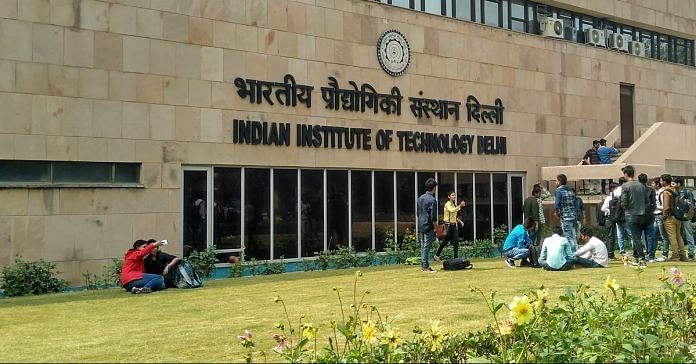The Centre is working on an ambitious mission to draw over one lakh foreign students to study in Indian institutions.
New Delhi: After ‘Make in India’, it is going to be ‘Study in India’ for the Modi government.
The Centre is working on an ambitious mission to draw over one lakh foreign students to study in Indian institutions, sources told ThePrint.
Although the Rs 300-crore plan will target 25 countries, the main focus of ‘Study in India’ will be on neighbouring nations and the African continent.
Currently, India has about 35,000 foreign students enrolled across institutions, according to government assessments.
The idea behind the mission is as much to project India as a country that can provide high quality education at an affordable price, as to amplify India’s soft power in the region.
‘Study in India’, to be piloted by the Prakash Javadekar-led human resource development ministry, will showcase 115 educational institutes, including the IITs and IIMs, as ideal destinations for higher education. While SAT scores will determine admissions, considerable fee waivers are also planned to attract foreign students.
The sources told ThePrint that it is envisaged that candidates in the top 25 percentile will get full fee waiver. The next 25 percentile will be given 50 per cent fee waiver, followed by 25 per cent waiver for the third slab.
Although ‘Study in India’ was planned as a showpiece announcement for Budget 2018, it had to be held back due to some last-minute hitches.
Besides IITs and IIMs, the 115 institutions of higher education that will be part of the Modi government’s plan are the National Institutes of Technology (NITs) and those which are ranked high on the National Institute Ranking Framework (NIRF) or received highest grade by the National Assessment and Accreditation Council (NAAC).
A centralised portal, along the lines of Joint Seat Allocation Authority (JOSAA) that is used for seat allocation at IITs and NITs will be brought in for foreign students applying for admission.
As part of the brand building exercise, the government plans to identify prestigious institutions in the 25 target nations and host elaborate ‘India Day’ celebrations there with education fairs focused on ‘Study in India’, besides showcasing Indian culture and cuisine.
The target countries will be decided in consultation with the ministry of external affairs but it is expected that ASEAN and SAARC nations besides African countries will be among the target nations.
The target nations are largely those which already send students to India. As per the All India Survey of Higher Education (2016-17), India drew 47,575 foreign students from across 162 different countries in that academic year with a majority of them coming from the neighbouring countries.
Nepal sent in the maximum students — 23.6 per cent of the total —followed by Afghanistan (9.3 per cent) and Bhutan (4.8 per cent) among the SAARC nations. Nigeria and Sudan constitutes (4.4 per cent) each.







India is already a Preffered Education Destination for African, SAARC Students. However if the Government pushes forward with “Study in India” Campaign, it will not only bring Foreign Revenue but also generate Peripheral Income, Enhance Stature of Indian Education System. Further, Govt of India should also incorporate students from Central Asia in this campaign.
Welcome Move.
Implementation is the Key.